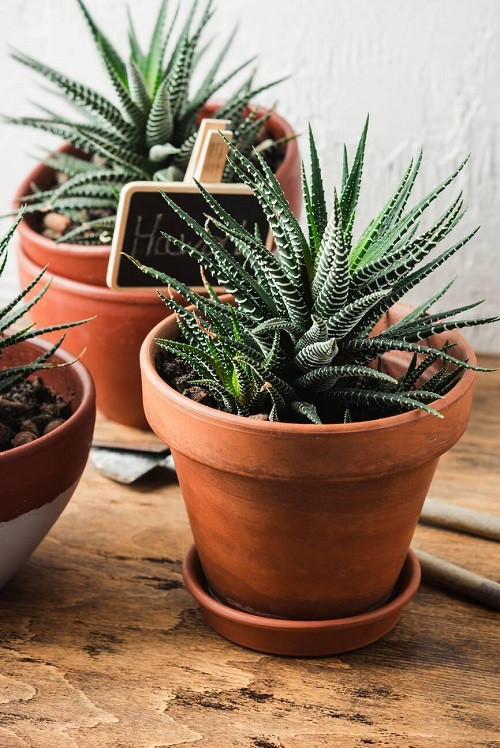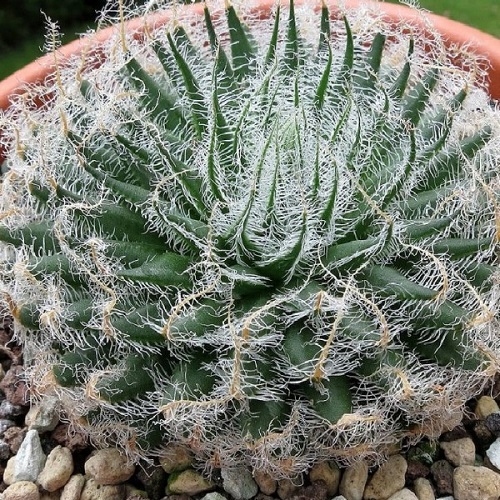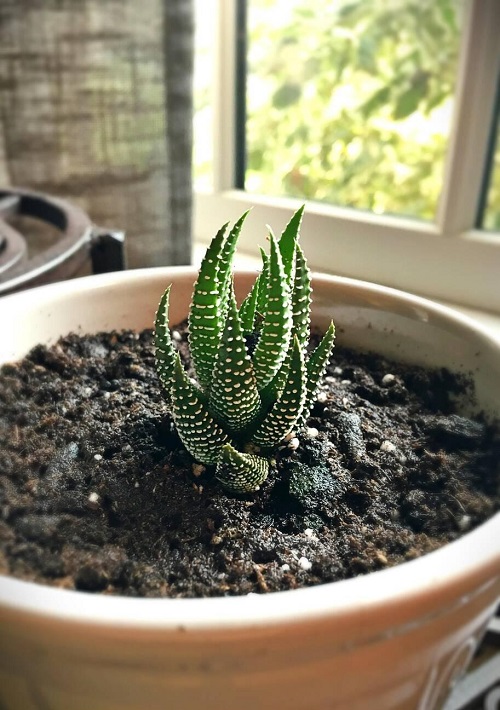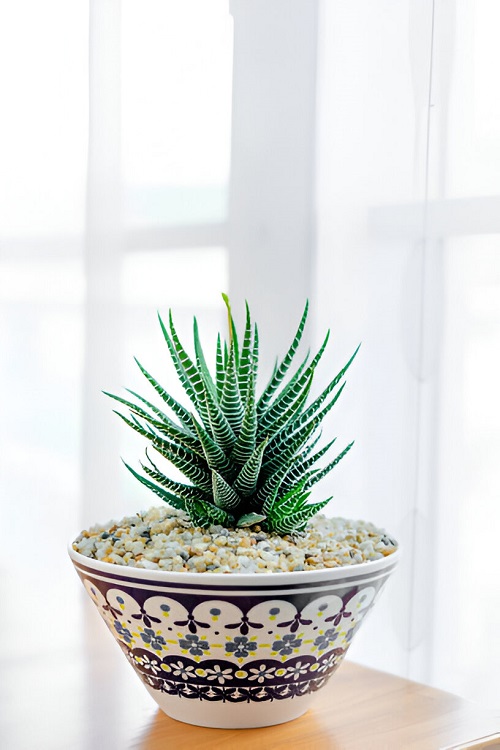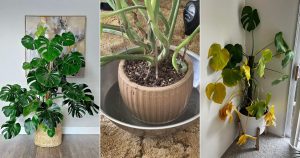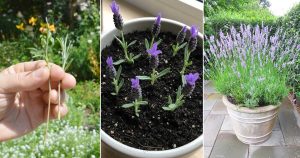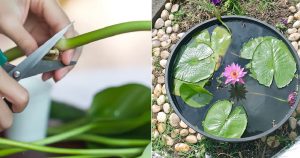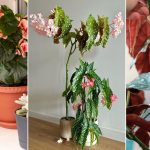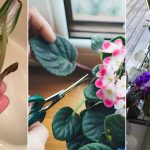This detailed post explains everything about the Growing Zebra plant. You can then include this beautiful succulent in your indoor garden.
If you are looking for a low-maintenance, pretty houseplant to deck up your tabletops or bookshelves, Haworthia will have your heart. Learn everything about How to Grow Zebra Plant Succulent (Haworthia) in this detailed article below!
Zebra Plant Profile
Native to South Africa, the Zebra Plant (Haworthia) is a low-growing, small succulent that displays rosettes of fleshy green leaves patterned in white bands or warts.
Haworthias are easy growers and are best planted during spring or early summer. They grow up to 3-5 inches tall and wide, while some varieties grow up to 20 inches tall. The plant flowers in summer with white blooms.
Common Name: Star window plant, Haworthia, pearl plant, cushion aloe, zebra cactus
Botanical Name: Haworthia
USDA Zone: 9-11
Types of Haworthia
The primary similarity between the most popular Haworthia species is the orientation of white-colored markings and the size of the leaves.
1. Margaritifera
Also known as the Pearl plant, the Margaritifera has a clumping structure with white speckles on its leaves that look like tentacles.
2. Fasciata
This type is also called the Zebra Haworthia. It is an attractive Haworthia variety with thick, deep green leaves and horizontal white stripes.
3. Bolusii
Also known as the Spiderweb Haworthia, Bolusii has no stem and thrives best in full sunlight.
4. Attenuata
Attenuata displays white spots similar to warts on both the top and underside of its huge, pointy, green-colored leaves.
Propagating Haworthia
The best way to propagate Haworthia is through their offsets. This prevents the overcrowding of the parent plant, helping in the overall plant growth.
First, use a clean and sharp knife to cut the offsets. The cutting should be made as close to the guardian stem as possible. While taking the offset cuttings, take as many roots as possible. Let them dry out before potting for at least a day or two. Then, plant the offset in a small container using fresh cactus potting soil mix.
Place the container in a spot that thoroughly receives 4-5 hours of bright but indirect sunlight and water.
Avoid overwatering in any condition.
Right Size of Container to Plant Haworthia
Ideally, a tiny 3-5 inches unglazed terracotta container should be used to allow excess moisture trapped in the soil to evaporate through the clay walls. Make sure the pot has enough drainage holes before planting.
Requirements for Growing Zebra Plants

Sunlight
Zebra plant loves bright sunlight but not the intense afternoon sun, which would otherwise burn the foliage. It is best to place your plant near a west or east-facing window.
Red, yellow, or white-colored leaves indicate extreme sun exposure, while insufficient light will fade the lush color.
Soil
Haworthias love gravelly or sandy soil with good drainage. Use a cactus potting mix with excellent drainage. Alternatively, you can add aquarium gravel, pumice, or perlite to improve the drainage of the soil.
Water
Water the Zebra plant only when the top 1-2 inches feel dry to the touch of your finger during summer and spring. Cut back watering to just once every 7-10 days to maintain the plumpness of the leaves in winter.
Do not let the rosette collect water, as it can lead to root rot.
Temperature
These species love warm temperatures between 70-95°F or 21-35°C during the summer and 50-60°F or 10-15°C during the colder months. Haworthias can face damage if the temperatures fall below 40°F or 4°C.
Humidity
Humidity is not an issue for Haworthias. It does need excellent ventilation, particularly at night when it breathes in carbon dioxide for photosynthesis. Ideally, the humidity range for Haworthias is 25-35 percent.
Zebra Plants Care
Fertilizer
Zebra plants are slow-growing, tiny succulents that do not require much feeding. Feed the plant with a succulent fertilizer diluted to half its strength.
Do not feed during winter, fall, and summer. The Zebra plant enters into a 6-8 week resting period in summer.
Repotting Haworthia
The clusters gradually become bigger as the guardian plant starts growing offsets. Typically, a group will begin to outgrow the pot every 3-5 years.
Choose a 4-6 inches wider container with a fresh potting medium, or split the clusters into separate individual pots. It is best to re-pot in early summer or spring.
Pruning
Like most cacti succulents, pruning Haworthias does not impact its growth. It is not essential to prune Haworthias as the succulent is a slow grower. You may trim the leaves when they dry out or are infested with pests.
Pests and Diseases
Fortunately, Haworthias have no notable disease or pest problems. However, rot and fungal issues can occur if they are overwatered or exposed to high humidity and low light.
Mealybugs or gnats might pose a problem, which can be solved using neem oil or other succulent pesticides.


